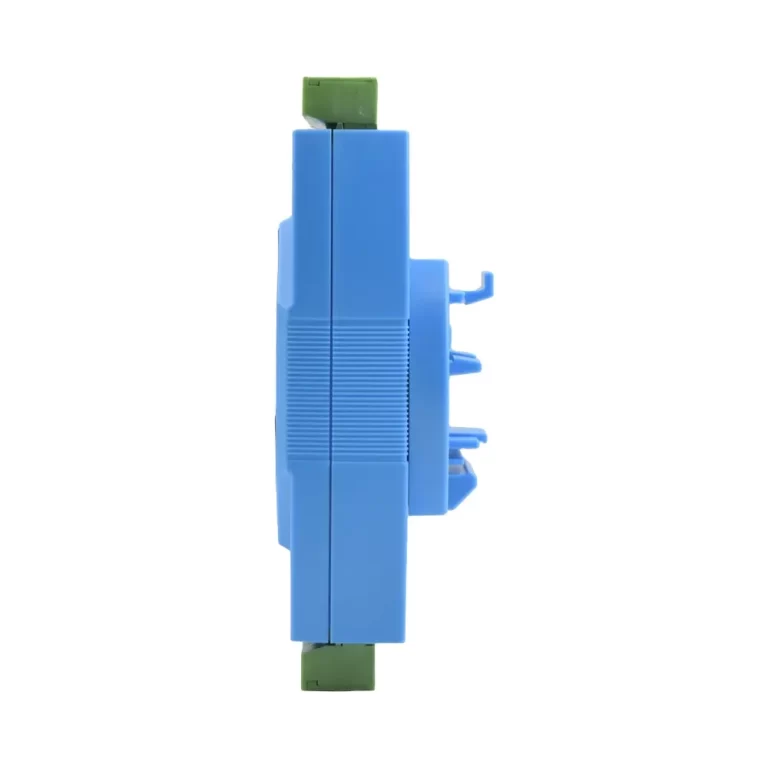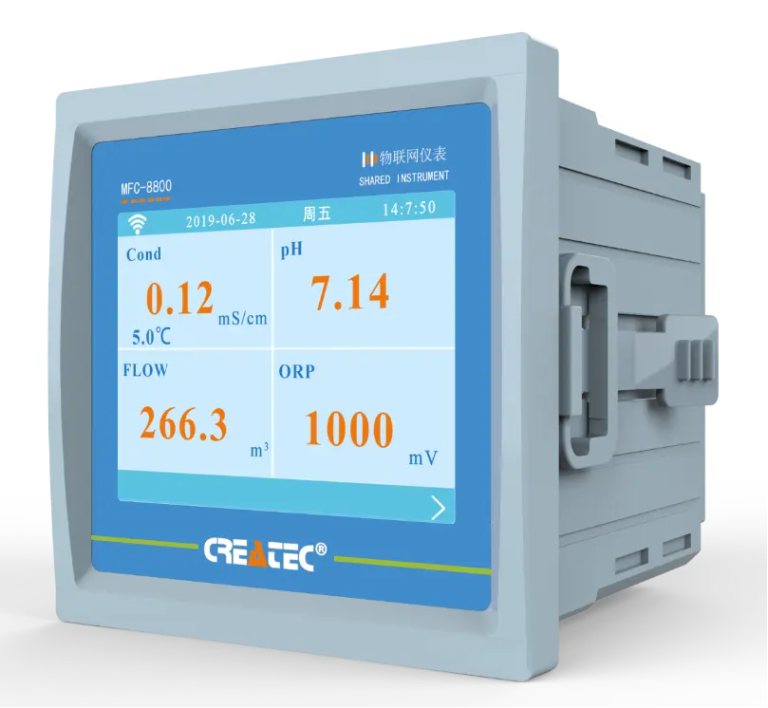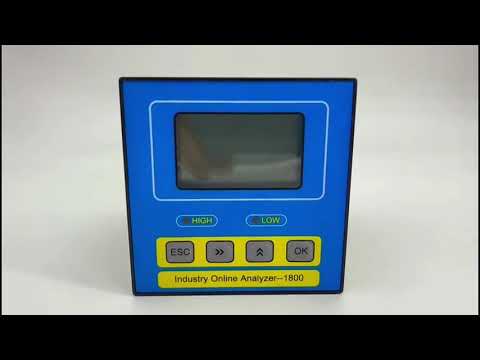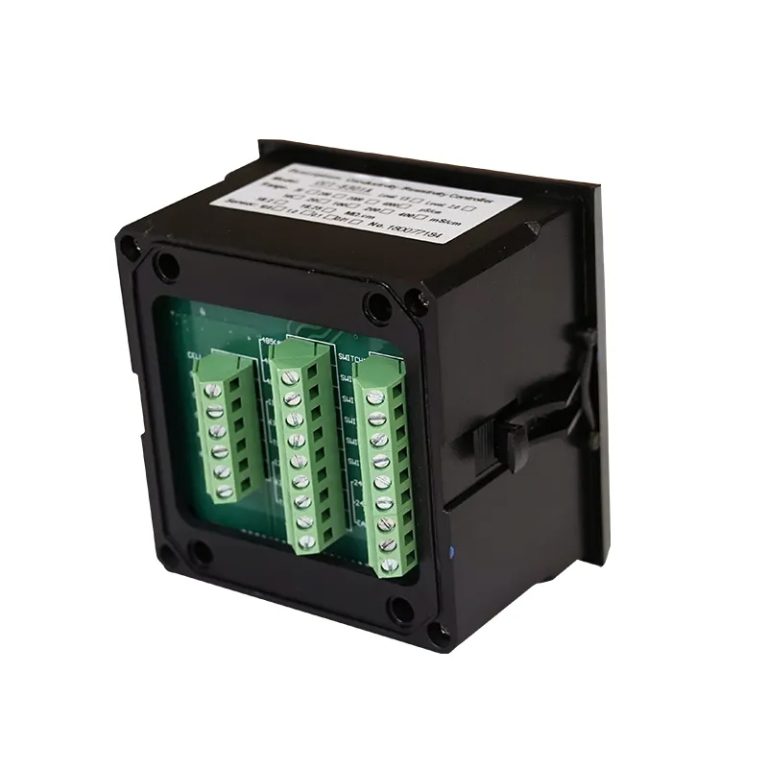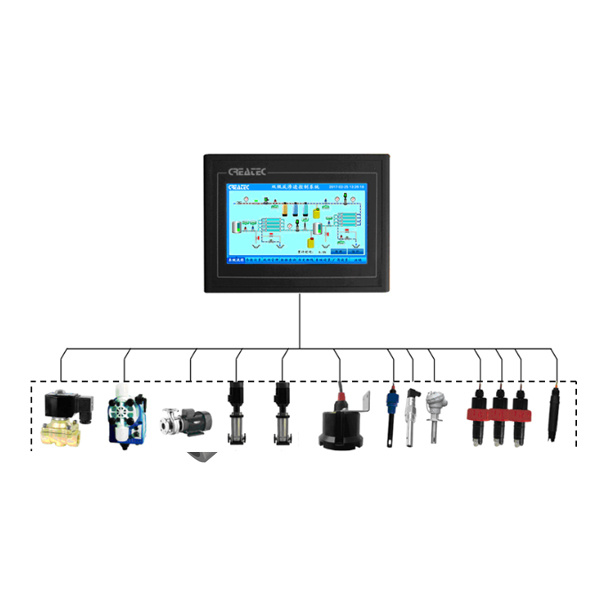The Importance of Marine Water Quality Monitoring
Marine water quality monitoring is a crucial aspect of environmental protection and conservation efforts. The health of our oceans and marine ecosystems is directly linked to the quality of the water that surrounds them. Monitoring the quality of marine water helps us understand the impact of human activities on these delicate ecosystems and allows us to take necessary measures to protect them.
One of the main reasons why marine water quality monitoring is so important is because it helps us track changes in water quality over time. By collecting data on various parameters such as temperature, salinity, pH, dissolved oxygen levels, and nutrient concentrations, scientists can identify trends and patterns that may indicate pollution or other environmental stressors. This information is essential for making informed decisions about how to manage and protect marine environments.
Monitoring marine water quality also helps us assess the effectiveness of pollution control measures. By comparing water quality data before and after the implementation of pollution control measures, we can determine whether these measures are having the desired effect. This information is crucial for evaluating the success of conservation efforts and for making adjustments to management strategies as needed.
| Model No. | CCT-8301A Conductivity Resistivity Online Controller Spec | |||
| \u3000 | Conductivity | Resistivity | TDS | Temp. |
| Measurement range | 0.1\u03bcS/cm\uff5e40.0mS/cm | 50K\u03a9\u00b7cm\uff5e18.25M\u03a9\u00b7cm | 0.25ppm\uff5e20ppt | (0\uff5e100)\u2103 |
| Resolution | 0.01\u03bcS/cm | 0.01M\u03a9\u00b7cm | 0.01ppm | 0.1\u2103 |
| Accuracy | 1.5level | 2.0level | 1.5level | \u00b10.5\u2103 |
| Temp.Compensation | Pt1000 | |||
| Working Environment | Temp.\u00a0(0\uff5e50)\u2103; \u00a0relative humidity \u226485%RH | |||
| Analog Output | Double channel (4\uff5e20)mA\uff0cInstrument/Transmitter for selection | |||
| Control Output | Triple channels photo-electronic semiconductor relay ,Load capacity: AC/DC 30V\uff0c50mA(max) | |||
| Power Supply | DC 24V\u00b115% | |||
| Consumption | \u22644W | |||
| Protection Level | IP65\uff08with the back cover\uff09 | |||
| Installation | Panel mounted | |||
| Dimension | 96mm\u00d796mm\u00d794mm (H\u00d7W\u00d7D) | |||
| Hole Size | 91mm\u00d791mm(H\u00d7W) | |||
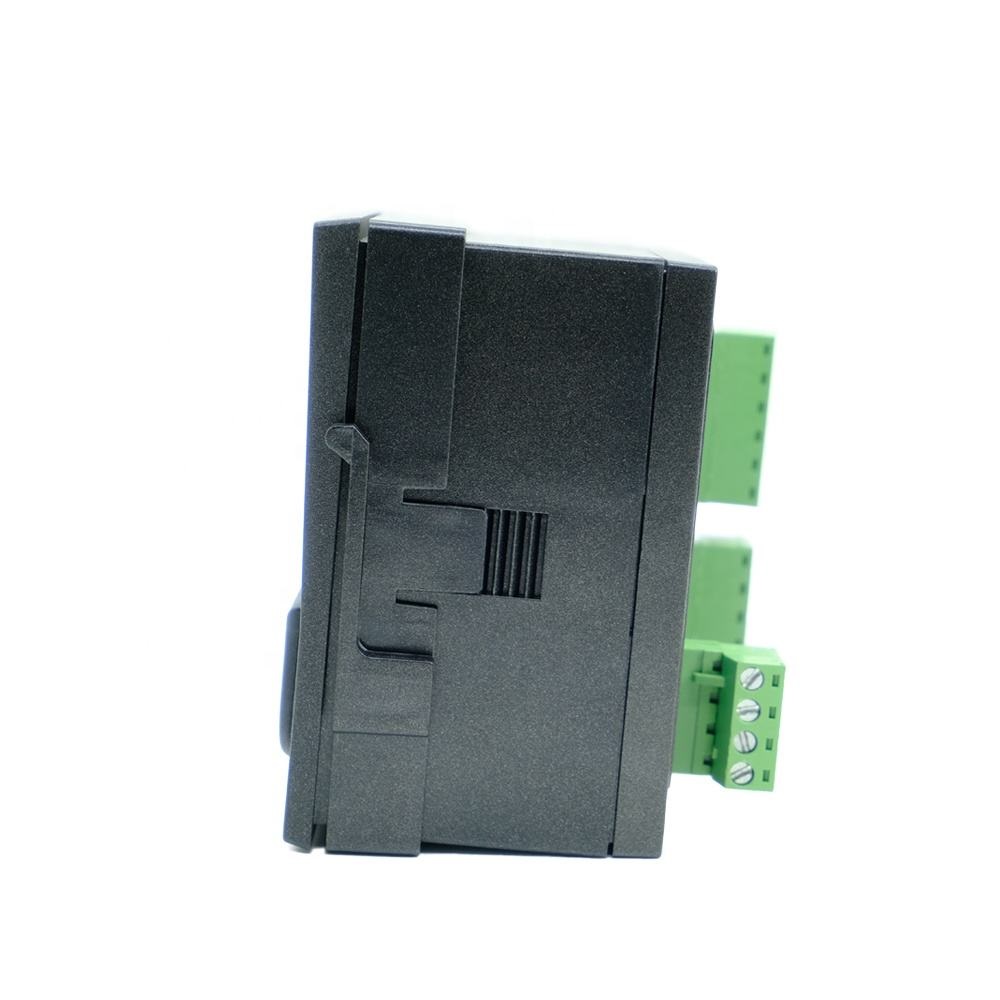
In addition to tracking changes in water quality and assessing the effectiveness of pollution control measures, marine water quality monitoring also helps us identify sources of pollution. By analyzing water samples for contaminants such as heavy metals, pesticides, and bacteria, scientists can pinpoint the sources of pollution and take action to reduce or eliminate them. This information is essential for protecting marine ecosystems and ensuring the health and safety of marine organisms and humans who rely on these ecosystems for food and recreation.
Another important aspect of marine water quality monitoring is the early detection of harmful algal blooms. These blooms can have devastating effects on marine ecosystems, causing fish kills, shellfish poisoning, and habitat destruction. By monitoring water quality parameters such as nutrient concentrations and chlorophyll levels, scientists can predict when and where harmful algal blooms are likely to occur and take measures to mitigate their impact.
Overall, marine water quality monitoring plays a vital role in protecting marine ecosystems and ensuring the health and sustainability of our oceans. By tracking changes in water quality, assessing the effectiveness of pollution control measures, identifying sources of pollution, and detecting harmful algal blooms, we can take proactive steps to protect marine environments and preserve them for future generations.
In conclusion, marine water quality monitoring is an essential tool for environmental protection and conservation. By collecting data on various parameters and analyzing trends over time, scientists can better understand the health of marine ecosystems and take necessary measures to protect them. Monitoring water quality helps us track changes, assess pollution control measures, identify sources of pollution, and detect harmful algal blooms. By investing in marine water quality monitoring, we can ensure the health and sustainability of our oceans for years to come.

